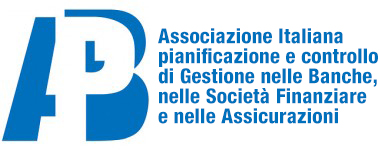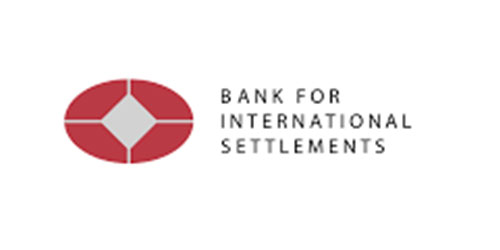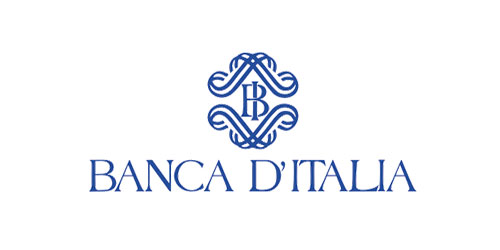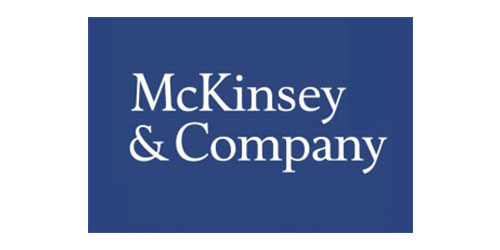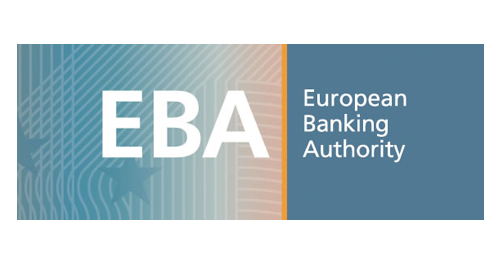
EBA Risk Dashboard confirms steady improvements in the management of NPLs across the EU but banks profitability remains a key challenge
APB News
EBA Risk Dashboard confirms steady improvements in the management of NPLs across the EU but banks profitability remains a key challenge
The European Banking Authority (EBA) published today the periodical update to its Risk Dashboard, which summarises the main risks and vulnerabilities in the EU banking sector using quantitative risk indicators, along with the opinions of banks and market analysts from its Risk Assessment Questionnaire. In the first quarter of 2018, the updated dashboard identified ongoing improvements in the repair of the EU banking sector but also residual risks in banks’ profitability.
European banks’ capital ratios remained high, albeit with a slight decrease in the first quarter of 2018. The CET1 ratio experienced a decrease of 50 bps, from 14.9% to 14.4% in Q1 2018, mainly driven by a decrease in CET1 capital (“retained earnings”), also linked to the adoption of the new accounting framework (IFRS9). Compared to the previous quarter, the fully loaded CET1 ratio decreased by 40 bps to 14.2% and the total capital ratio by 40 bps to 18.7%.
EU banks continued to improve the overall quality of their loans’ portfolio. In Q1 2018, the average ratio of non-performing loans (NPL) continued its downward trend, reaching its lowest level since Q4 2014 (3.9%). This result is jointly explained by an increase in the outstanding volume of loans granted and a decrease of NPLs by almost 1/3 in 3 years, from over EUR 1.12 trillion to EUR 779.2 billion. Despite the progress, additional efforts are still needed to reduce the volume of legacy assets.
Profitability remains a concern for the EU banking sector. On a year-on-year comparison, the average ROE decreased by 50 bps to 6.8% in Q1 2018, mainly driven by the annual decrease in net trading income (4.5 p.p. to 5.6% in Q1 2018). The low profitability and widespread dispersion for some countries (with the ROE ranging from 0.7% to 19.1%), along with high operating costs, continues to dampen the profitability prospects for the European banking sector as a whole. However, the results of the EBA Risk Assessment Questionnaire show that banks, as well as market analysts, expect a slight improvement in profitability of banks in the near future. This is expected to be driven partly by increasing fees and commission income and decreasing operating expenses.
The loan-to-deposit ratio remained broadly stable, reaching 118.5% with an increase of 100 bps from the previous quarter. The leverage ratio (fully phased-in) decreased by 30 bps from 5.4% (Q4 2017) to 5.1% (Q1 2018), reflecting the impact of the new accounting framework (IFRS 9). In March, the average liquidity coverage ratio (LCR) was 147.0%, well above the threshold defined as the liquidity coverage requirement for 2018 (100%). Regarding the future of EU banks’ funding, the results of the EBA Risk Assessment Questionnaire suggest that going forward, banks expect to target mainly retail deposits and attain more instruments eligible for MREL, even though they consider the uncertainty on the specific MREL requirements as a constraint to their issuance.
The results of the Risk Assessment Questionnaire also show that cyber risk and data security are considered as the main drivers for the increase in operational risk. They are also assumed to be the main factors that might negatively influence market sentiment, along with geopolitical uncertainties including the UK’s decision to leave the EU.
Notes to editors
The figures included in the Risk Dashboard are based on a sample of 152 banks, covering more than 80% of the EU banking sector (by total assets), at the highest level of consolidation, while country aggregates may also include large subsidiaries (the list of banks can be found here https://www.eba.europa.eu/risk-analysis-and-data). The Q1 2018 EBA Risk Dashboard includes, for the first time, the figures for Icelandic banks.
IFRS 9, which entered into force on 1 January 2018, may have had an impact on some of the ratios included in the dashboard.

